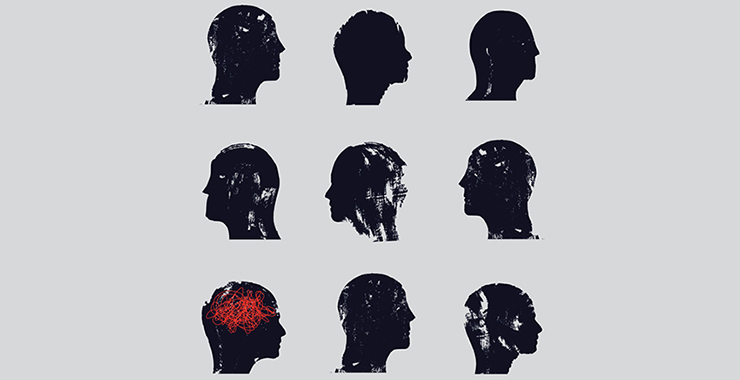Stylized-Ɔ BLAƆKPINK KPop Korea Oppa by YG Entertainment meet Pantone Woman 3rd Gen Female Idol-Stans Dance Band, in YG Condition from 1 Decade of interment at Willie Wonka's KPop man-u-fac-tory.
Hyun-Suk, Outside Inside Trader Trades Jail at Seoul Sandals--only place could hold him--for his self-firing as Chief Executive Officer, YG Entertainment--with Fandom-full of Blinks Holding Star Wars Light-sabres--retains all power as founder of best KPop Company, and former Hip Hop Cofounder of First Korean Hip Hop Band, SEO Taiji Boys
.@ledzeppelin #StairwaytoHeaven and #memory: #Monitor @LSU_Psychology by @HuhnMc HuhnMcCormick J. M., & #jenniferrobbennolt 2021 @APA #americanPsychologicalAssociation (2021, April) + Gen-Z Stylized-Ɔ BLAƆKPINK KPop Backwards ALL-CAPS @APAPsychiatric
— mrjyn (@mrjyn) 19. Juli 2021
https://t.co/MMe9UMJTu1 pic.twitter.com/qIVbb1ewDR

나는 엎드려 ROSÉ: BLAƆKPINK 놀라운 애타게 - 나, Umph! 언밸런스 언니는 언니를 먹고, 전쟁에서 파르페, 나는 장미와 함께 바닥에 엎드려 싶어 WANNA GET ON THE GROUND WITH ROSÉ
No Plain Jane's at home, attempting not to Blink, BLACKPINK in the house and hotaf -- Maury is not Your Father -- It's D. Vader and Connie Chung -- the Hammer's Thor's -- with a touch Pink and a Mouthful of S'mores
Teddy chokes-up on bat, gripped up to the hylt of reason AND ... knocks flyball pig-orb Homie out da Park (first of the season).
Made in South Korea by OG Kpop-oppas with a yen for color clash idol names--a fandom choked with Blinkstans hold mini-Star Wars Sabres -- No, Plain Jane's not home, she's a female Darth Vader, and Thor's with her, staning
Blackpink--look for the mallets, her Momma tells her, and a mouthful of S'mores.
bias for unnies as long as she blinks pink KPOP, unbalanced unnie eat uni, quelle parfait; girl-crush ON THE GROUND
BLACKPINK Rosé recently guested in an episode of My Little Old Boy.
Seo Jang Hoon
brought up that Rosé is easily brought to tears.
JISOO chic black see-through leopard dreaminess denim, off shoulder, on accessories;Lalalalisa,Brillig. Boomtastic.
Insiders trading on what becomes a legend least, and shorting it, PASS THE HEDGE AND GO ALL IN.
Chuck Berry grammatical construction utility
Use Active Voice. ...
Sync Ideas with Conjunction. ...
Use Comma to Connect Two Ideas As One. ...
Use Serial Comma in List. ...
Use Semicolon to Join Two Ideas. ...
Use Simple Present Tense Habitual Action. ...
Use Present Progressive Tense Action. ...
Add "ed" to verbs for Past Tense.
Inexperienced Seoul interrogatory from America did not just fall off the Turnip Truck already fermented.
This phrase fit digital audio which it searches, intent subjective hitches, perhaps, offered, excepted, as answers to nonserious questions-- redundant.
AND for too several seasons, Mob Wives -- Badda Bing Badda Boom.
Sartorial Mack Truck horn blast trills jab filigreed brass figures with dissonant futures.
Is it a Court investiture or a beheading?
Both straightforward to sell.
Then like the horn-jabs, the prison yard no one see nothin'.
Homie, barely steppin' bloody shank in soft dirt by the bubbler.
Sexy hooks mean you look.
Brill-bombastic, short-leashed adolescents sport mini jupes, sewn with fan-mail, strewn from one month's assortment from Blinks own bias.
LV, go the yachters in skirts not on sale.
Short fuses, they grasp what side of bed their bread is buttered, Sunny Side eggs, legs up to their heads, the tender enticement of Hip Hop, ferments
-- No cultural appropriation, or plagiarism.
Got paler palate?
Thank idols for the stuff they got ...
Most-liked video on YouTube -- twenty million likes
BLACKPINK ‘How you like That’ YG official diary#ลิซ่า #GenZ @BLACKPINK labelwide fixation with #Backwardc's #ALLCAP #BlackpINK w/b @ygentusa @ygblacklabel #teddyPark

